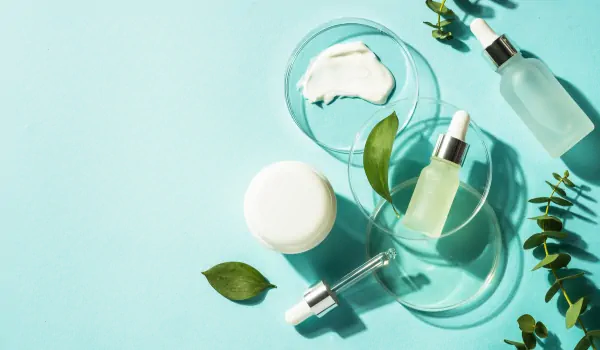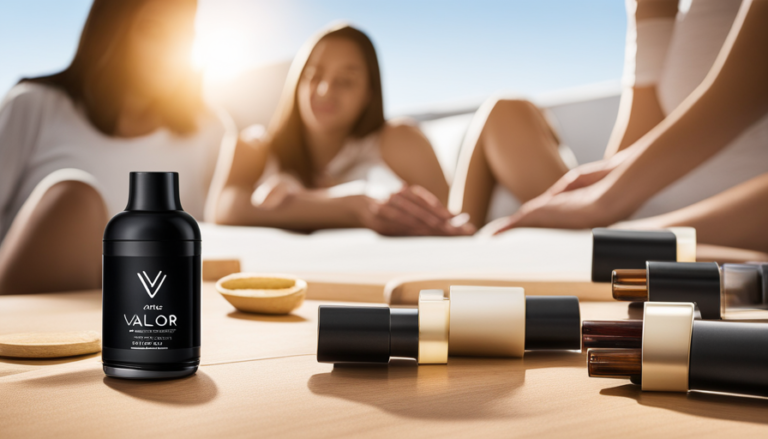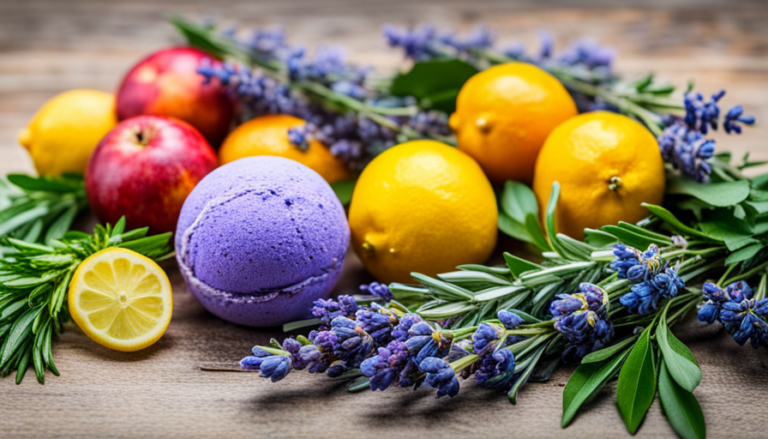Diy Essential Oil Distiller

Are you tired of spending a fortune on essential oils? Look no further! In this article, we will guide you through the process of building your very own DIY essential oil distiller.
With our expert knowledge and step-by-step instructions, you’ll be able to extract high-quality essential oils right from the comfort of your own home. Discover the science behind distillation, gather the necessary materials, and explore different oils to distill.
Get ready to embark on a fragrant journey towards holistic well-being!
Key Takeaways
- Choose non-reactive materials like stainless steel or glass for building a DIY essential oil distiller.
- Properly seal and insulate the distiller for temperature control.
- Select fresh and high-quality botanicals for distillation.
- Use glass droppers and store essential oils in dark-colored glass bottles to maintain their quality and potency.
Understanding the Basics of Essential Oil Distillation
Now, let’s dive into the basics of essential oil distillation, so you can understand how it works.
As an aromatherapist or essential oil expert, I have a deep understanding and expertise in this field, and I’m here to provide accurate and detailed information.
Essential oils are extracted from plants using various methods, with steam distillation being one of the most common. This method involves heating plant material and passing steam through it to release the aromatic compounds. The steam carries these volatile oils into a condenser where they cool down and transform into liquid form. This process allows for separation of the essential oil from other components of the plant.
Understanding these extraction methods is crucial when creating your own DIY essential oil distiller.
Now that you know the basics, let’s move on to gathering the necessary materials for your distillation setup.
Gathering the Necessary Materials
First, you’ll need to gather all the materials necessary for this project. To create your own DIY essential oil distiller, you will require some basic equipment. Here is a list of essential items:
| Equipment | Description |
|---|---|
| Distillation Flask | A heat-resistant glass flask that holds the plant material and water during the distillation process. |
| Condenser | A tube-like apparatus that cools down and condenses the vaporized essential oils into liquid form. |
| Heat Source | This can be a stovetop, hot plate, or even a small campfire for heating the distillation flask. |
| Thermometer | Used to monitor and control the temperature during distillation. |
| Collection Vessel | A container that collects the final product – pure essential oil. |
Before starting, it’s important to take proper safety precautions by wearing protective gloves and eyewear as well as ensuring good ventilation in your workspace. Now that you have gathered all the necessary materials, let’s move on to building your DIY essential oil distiller.
Transition: With these materials in hand, you’re ready to proceed with building your DIY essential oil distiller.
Building Your DIY Essential Oil Distiller
To start building your own distiller, gather the necessary materials and follow these steps. Building your own DIY essential oil distiller can be a rewarding project that allows you to experience the art of extracting oils from plants firsthand.
When constructing your distiller, it is important to consider safety precautions to ensure a successful and safe process. Choose materials such as stainless steel or glass for the main components of your distiller, as they are non-reactive and won’t contaminate your oils. Avoid using plastic or aluminum, as they may react with the heat and potentially alter the quality of your oils. Pay attention to building techniques like proper sealing and insulation to maintain optimal temperature control during the distillation process.
By taking these precautions, you can create a high-quality essential oil distiller that will yield pure and potent oils.
In the next section, we will explore the process of distilling your own essential oils.
Transition: Now that you have built your DIY essential oil distiller, let’s delve into the fascinating world of distilling your own essential oils.
Distilling Your Own Essential Oils
When preparing plant material for distillation, it is crucial to select fresh and high-quality botanicals. Proper drying techniques should be employed to preserve the plant’s natural oils and aromas.
During the distillation process, understanding the temperature control and timing is essential to extract the maximum amount of beneficial compounds from the plant material.
Finally, collecting and storing the essential oil in dark glass bottles away from heat and sunlight will help maintain its potency and extend its shelf life.
Remember that essential oils are powerful tools for mind-body well-being, so approach their use with respect and care.
Preparing the Plant Material
Before starting the distillation process, it’s important to properly prepare the plant material. Plant preparation plays a crucial role in ensuring the quality and effectiveness of the essential oils obtained.
To begin, carefully select fresh and healthy plant material. This includes leaves, flowers, stems, or roots depending on the specific oil you want to extract. Next, clean the plant material thoroughly to remove any dirt or impurities that could affect the final product. Once cleaned, consider cutting or chopping the material into smaller pieces to increase surface area and enhance extraction efficiency.
Extraction methods vary depending on the type of plant material being used. For delicate flowers and leaves, steam distillation is commonly employed. This gentle method involves passing steam through the plant material to release essential oils which are then condensed and collected. For tougher materials like roots or woods, a method called solvent extraction may be used where a solvent such as ethanol is used to dissolve essential oils from the plant matter.
Now that you have properly prepared your plant material, let’s move on to exploring different distillation processes and techniques for obtaining high-quality essential oils.
Distillation Process and Techniques
Now that you have prepared the plant material, it’s time to move on to the distillation process and techniques. This step is crucial in extracting the essential oils from the plants. There are various distillation methods that can be used, each with its own advantages and disadvantages. The most common method is steam distillation, where steam is passed through the plant material to carry away the volatile compounds. Another method is hydrodistillation, which involves immersing the plant material in water and then heating it to release the essential oils.
During the distillation process, it’s important to pay attention to certain factors such as temperature, pressure, and duration of distillation to ensure optimal extraction of essential oils. Troubleshooting may be required if there are any issues during this process, such as low yield or poor quality of oil.
In our next section about collecting and storing the essential oil, we will discuss how to properly handle and store these precious extracts for long-lasting potency and efficacy.
Collecting and Storing the Essential Oil
To collect and store the essential oil, you’ll need to follow proper handling and storage techniques to maintain its potency and efficacy.
When it comes to collecting methods, there are a few options you can consider. One method is using a glass dropper or pipette to carefully extract the oil from the distillation container. Another option is using a funnel and filter paper to separate the oil from any remaining plant material or impurities.
Once collected, it’s important to store your essential oil properly. Keep it in dark-colored glass bottles that are tightly sealed to prevent exposure to light and air, as these factors can degrade the quality of the oil over time. Store your essential oils in a cool, dry place away from direct sunlight or heat sources. This will help preserve their therapeutic properties for longer periods.
By following these collecting methods and proper storage techniques, you can ensure that your essential oils remain potent and effective for future use.
Now that you know how to collect and store your essential oils properly, let’s explore different types of plants that you can use for distillation purposes.
Exploring Different Essential Oils to Distill
When it comes to distilling your own essential oils, there are numerous popular plants and herbs that can be used. From lavender and peppermint to eucalyptus and chamomile, each plant brings its own unique set of aromatherapy benefits.
Lavender, for example, is known for its calming properties and can help promote relaxation and sleep, while eucalyptus has a refreshing scent that can aid in respiratory issues.
By exploring different essential oils to distill, you can tap into the holistic benefits they offer for both physical and emotional well-being.
Popular Plants and Herbs for Distillation
Lavender and eucalyptus are popular plants for distillation. Lavender, with its soothing scent, is widely used in aromatherapy to promote relaxation and sleep. It has anti-inflammatory properties that can help alleviate headaches and reduce anxiety.
Eucalyptus, on the other hand, is known for its refreshing and invigorating aroma. It is often used to relieve congestion and respiratory issues due to its expectorant properties. Other popular plants and herbs for distillation include peppermint, chamomile, rosemary, and lemon balm.
When it comes to distilling these plants and herbs, there are a few techniques and tips to keep in mind. Steam distillation is the most common method used to extract essential oils from these botanicals. It involves passing steam through the plant material which then carries the volatile oil molecules into a condenser where they are collected as a liquid.
Understanding the properties of different essential oils allows you to create customized blends for specific purposes such as relieving stress or improving focus. In the next section, we will explore the various aromatherapy benefits of different essential oils.
Aromatherapy Benefits of Different Essential Oils
Rosemary essential oil has invigorating and stimulating properties that can help improve focus and concentration. It is also known to enhance memory and mental alertness, making it a popular choice for students or those who need to stay sharp during long work hours.
In addition to its cognitive benefits, rosemary oil is often used in aromatherapy for its stress-relieving properties. The pleasant aroma of this oil has been shown to reduce anxiety and promote relaxation, helping individuals unwind after a long day.
Lavender essential oil is another powerful tool for stress relief. Its calming scent has been proven to reduce anxiety levels and improve sleep quality. Many people use lavender oil in diffusers or as a part of their bedtime routine to create a soothing environment and promote deep relaxation.
Incorporating these essential oils into your daily routine can provide not only physical but also emotional well-being, allowing you to experience the numerous benefits of aromatherapy firsthand.
Conclusion
In conclusion, by building your own DIY essential oil distiller, you can unlock the incredible benefits of essential oils.
With a deep understanding and expertise in the field, you can explore different oils to distill and enjoy their unique properties.
Remember, Rome wasn’t built in a day, so take your time and be patient in this process.
As they say, ‘good things come to those who wait.’
So go ahead, dive into the world of essential oils and enhance your well-being holistically.






